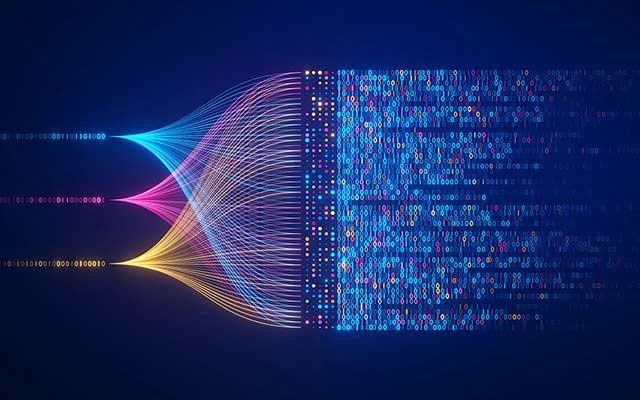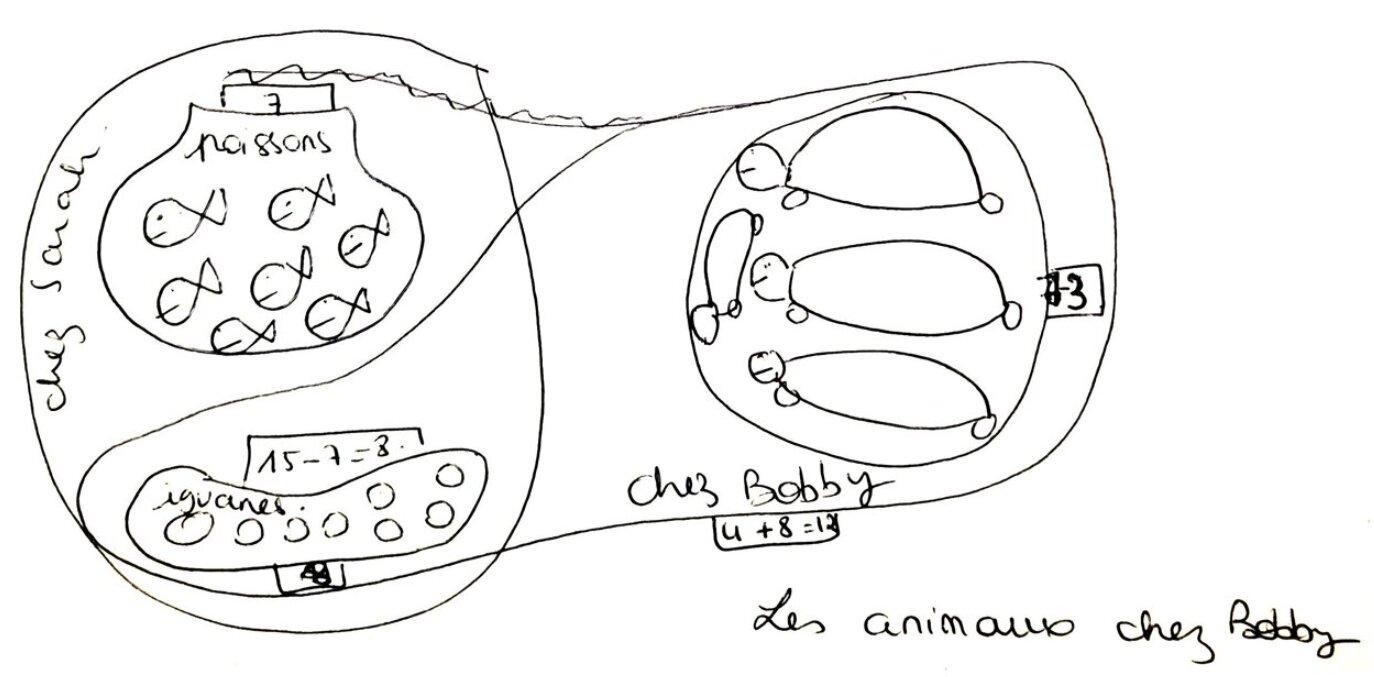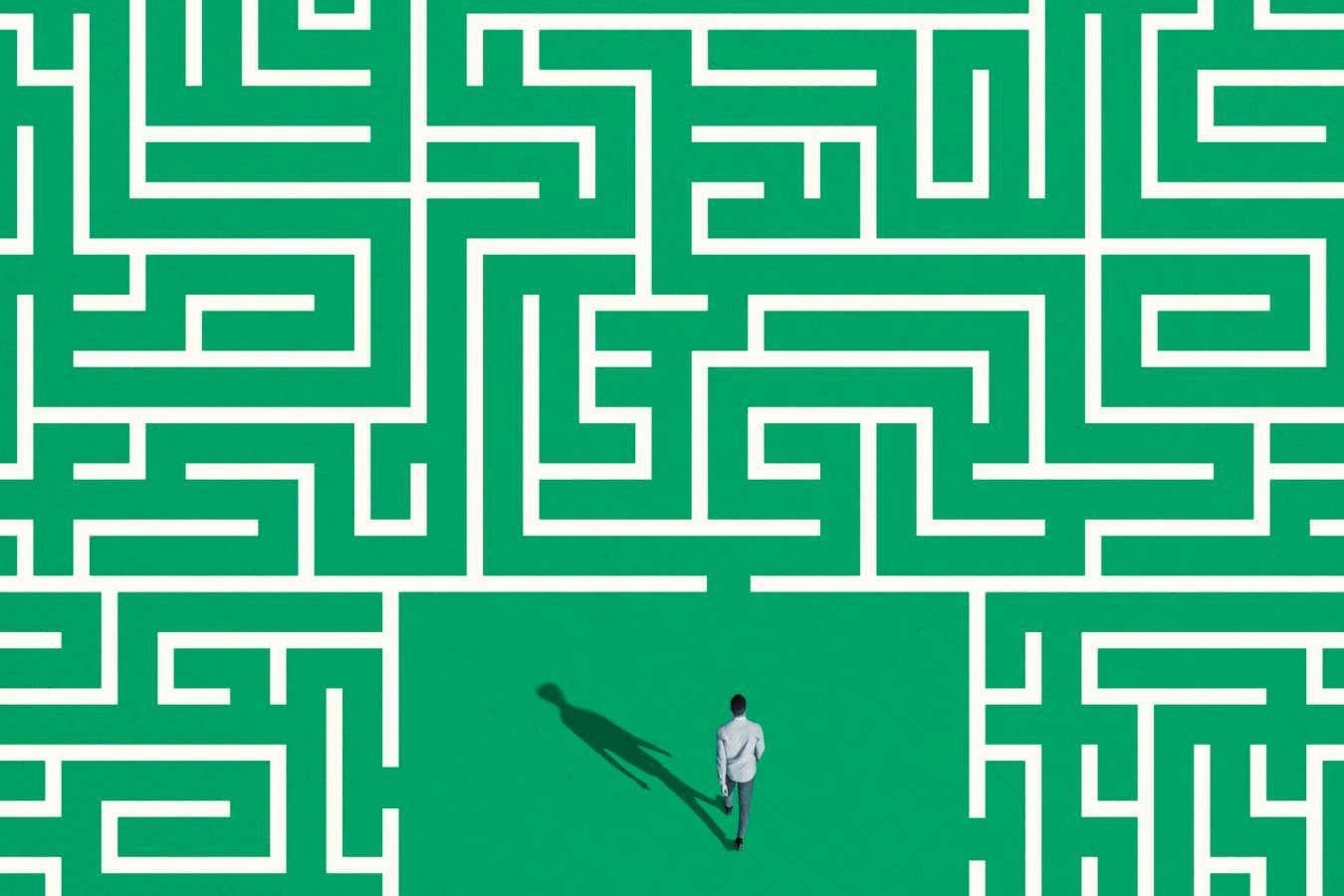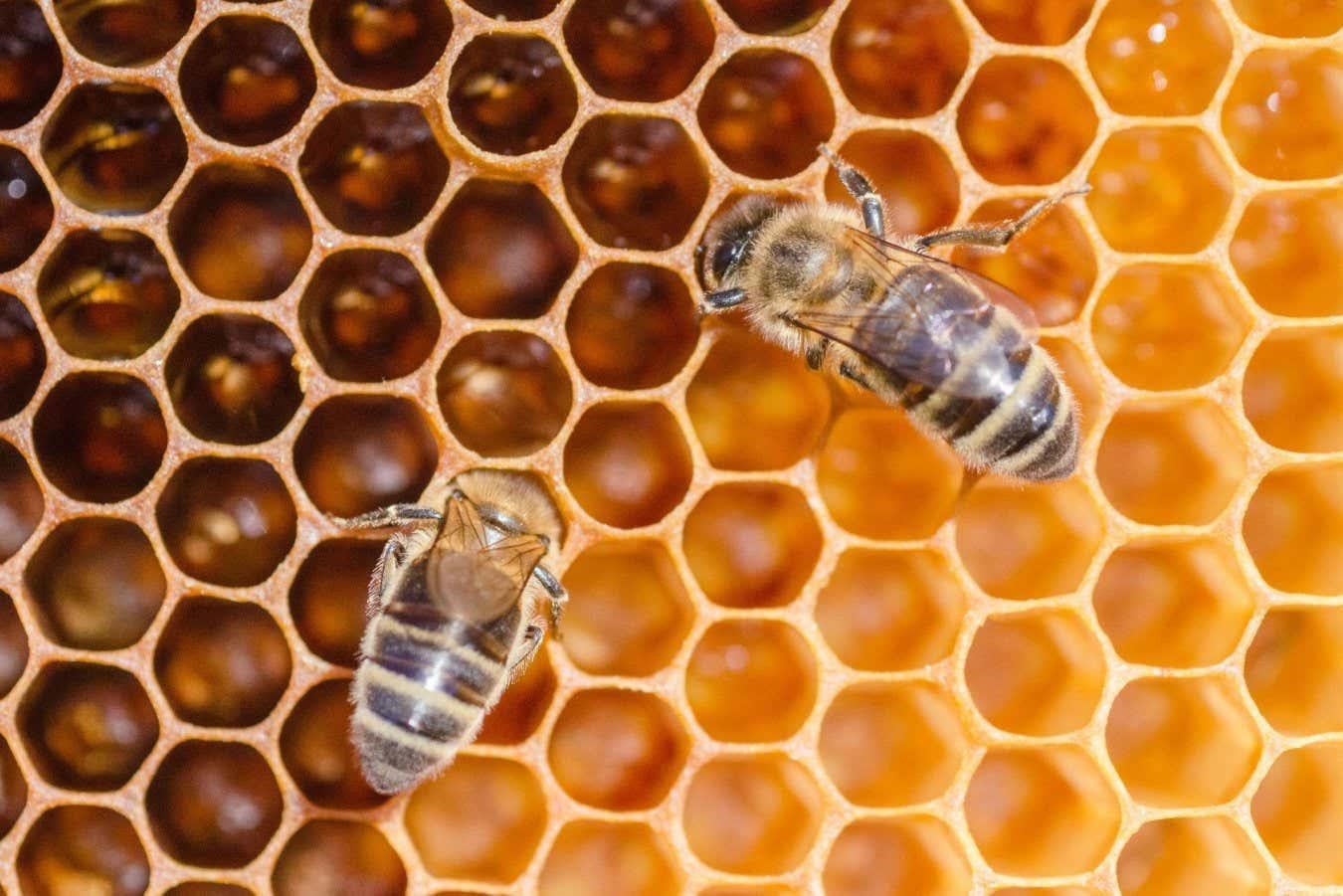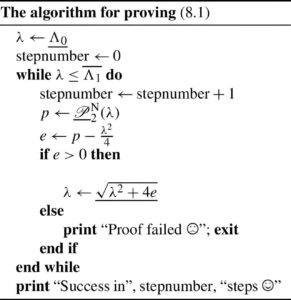Math enthusiasts around the world, from college kids to rocket scientists, celebrate Pi Day on Thursday, which is March 14 or 3/14—the first three digits of an infinite number with many practical uses.
Around the world many people will mark the day with a slice of pie—sweet, savory or even pizza.
Simply put, pi is a mathematical constant that expresses the ratio of a circle’s circumference to its diameter. It is part of many formulas used in physics, astronomy, engineering and other fields, dating back thousands of years to ancient Egypt, Babylon and China.
Pi Day itself dates to 1988, when physicist Larry Shaw began celebrations at the Exploratorium science museum in San Francisco. The holiday didn’t really gain national recognition though until two decades later. In 2009, Congress designated every March 14 to be the big day—to hopefully spur more interest in math and science. Fittingly enough, the day is also Albert Einstein’s birthday.
Here’s a little more about the holiday’s origin and how it’s celebrated today.
WHAT IS PI?
Pi can calculate the circumference of a circle by measuring the diameter—the distance straight across the circle’s middle—and multiplying that by the 3.14-plus number.
It is considered a constant number and it is also infinite, meaning it is mathematically irrational. Long before computers, historic scientists such as Isaac Newton spent many hours calculating decimal places by hand. Today, using sophisticated computers, researchers have come up with trillions of digits for pi, but there is no end.
WHY IS IT CALLED PI?
It wasn’t given its name until 1706, when Welsh mathematician William Jones began using the Greek symbol for the number.
Why that letter? It’s the first Greek letter in the words “periphery” and “perimeter,” and pi is the ratio of a circle’s periphery—or circumference—to its diameter.
WHAT ARE SOME PRACTICAL USES?
The number is key to accurately pointing an antenna toward a satellite. It helps figure out everything from the size of a massive cylinder needed in refinery equipment to the size of paper rolls used in printers.
Pi is also useful in determining the necessary scale of a tank that serves heating and air conditioning systems in buildings of various sizes.
NASA uses pi on a daily basis. It’s key to calculating orbits, the positions of planets and other celestial bodies, elements of rocket propulsion, spacecraft communication and even the correct deployment of parachutes when a vehicle splashes down on Earth or lands on Mars.
Using just nine digits of pi, scientists say it can calculate the Earth’s circumference so accurately it only errs by about a quarter of an inch (0.6 centimeters) for every 25,000 miles (about 40,000 kilometers).
IT’S NOT JUST MATH, THOUGH
Every year the San Francisco museum that coined the holiday organizes events, including a parade around a circular plaque, called the Pi Shrine, 3.14 times—and then, of course, festivities with lots of pie.
Around the country, many events now take place on college campuses. For example, Nova Southeastern University in Florida will hold a series of activities, including a game called “Mental Math Bingo” and event with free pizza (pies)—and for dessert, the requisite pie.
“Every year Pi Day provides us with a way to celebrate math, have some fun and recognize how important math is in all our lives,” said Jason Gershman, chair of NSU’s math department.
At Michele’s Pies in Norwalk, Connecticut, manager Stephen Jarrett said it’s one of their biggest days of the year.
“We have hundreds of pies going out for orders (Thursday) to companies, schools and just individuals,” Jarrett said in an interview. “Pi Day is such a fun, silly holiday because it’s a mathematical number that people love to turn into something fun and something delicious. So people celebrate Pi Day with sweet pies, savory pies, and it’s just an excuse for a little treat.”
NASA has its annual “Pi Day Challenge” online, offering people plenty of games and puzzles, some of them directly from the space agency’s own playbook such as calculating the orbit of an asteroid or the distance a moon rover would need to travel each day to survey a certain lunar area.
WHAT ABOUT EINSTEIN?
Possibly the world’s best-known scientist, Einstein was born on March 14, 1879, in Germany. The infinite number of pi was used in many of his breakthrough theories and now Pi Day gives the world another reason to celebrate his achievements.
In a bit of math symmetry, famed physicist Stephen Hawking died on March 14, 2018, at age 76. Still, pi is not a perfect number. He once had this to say,
“One of the basic rules of the universe is that nothing is perfect. Perfection simply doesn’t exist. Without imperfection, neither you nor I would exist.”
For more such insights, log into our website https://international-maths-challenge.com
Credit of the article given to Curt Anderson



